Italy boasts a remarkable array of UNESCO World Heritage Sites, reflecting its rich historical and cultural legacy. With 59 designated UNESCO sites, Italy leads the world in heritage recognition.
From the ancient draw-carvings of Valcamonica to the Renaissance splendor of Florence, Italy’s heritage sites offer a captivating journey through time. These sites are historical treasures and beautifully preserved locations that provide insight into Italy’s magnificent past.
Exploring Italy’s UNESCO sites, you can visit diverse locations such as the rock drawings in Valcamonica, which host one of the largest collections of petroglyphs in the world, and the medieval architecture of the Arab-Norman Palermo in Sicily. Each site tells a unique story, from prehistoric times to the grandeur of the medieval and Renaissance periods, showcasing Italy’s profound influence on art, architecture, and culture.
Traveling through these heritage sites offers more than just a history lesson; it’s an immersive experience of Italy’s enduring beauty and significance. Whether you’re admiring the Last Supper by Leonardo da Vinci in Milan or wandering through the archaeological areas of Pompeii, each visit provides a vivid glimpse into the layers of history that have shaped Italy. Embark on this journey to understand how Italy’s UNESCO sites encapsulate the essence of its historical and cultural identity.
Historic Centre of Rome
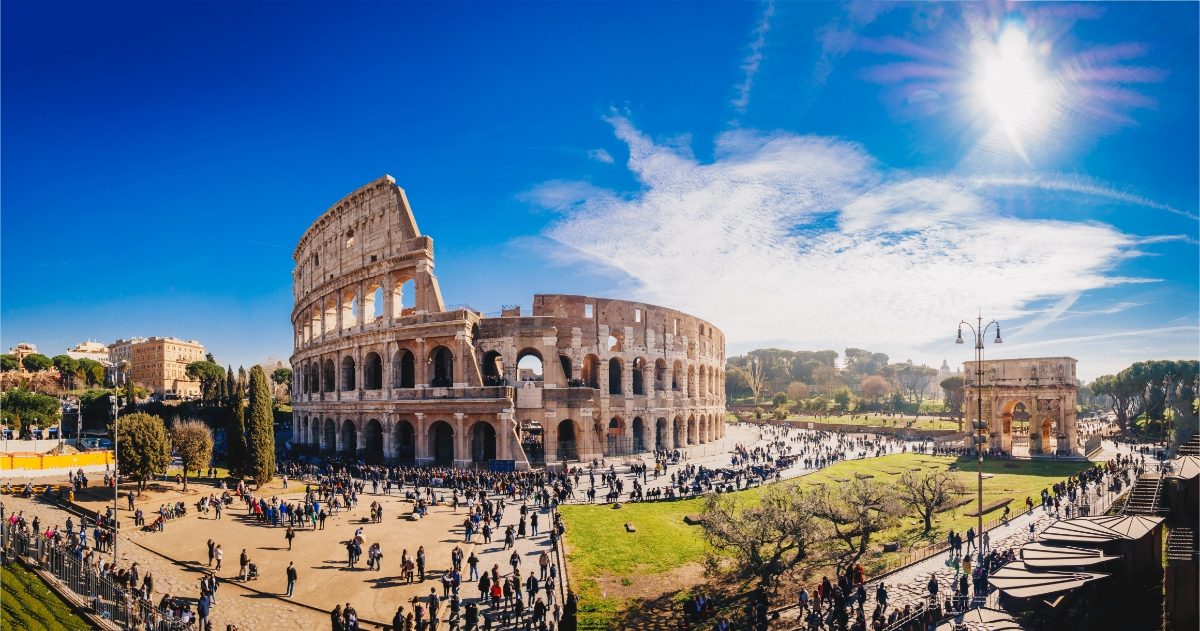
The Historic Centre of Rome is a treasure trove of history and culture in the heart of Italy’s capital. Since 1980, it has been recognized as a UNESCO World Heritage site for its remarkable preservation of ancient structures and art.
The historic center covers about 14 square kilometers and encompasses sites within the Aurelian and Janiculum walls. You can find landmarks like the Colosseum, Pantheon, Piazza Navona, and Circus Maximus here.
Walking through the historic center, you’ll encounter a blend of ancient ruins and Renaissance architecture. This area also includes extraterritorial properties of the Holy See, such as the Basilica of Saint Paul’s Outside the Walls. This basilica, which became part of the World Heritage site in 1990, adds to the region’s spiritual significance.
Travel tips for visiting the historic center:
- Wear comfortable shoes: The best way to explore Rome is on foot.
- Early mornings or late afternoons: These times are less crowded and offer cooler temperatures.
- Stay hydrated and wear sunscreen: The Roman sun can be intense, especially in summer.
- Use a map: The historic center is vast and can be maze-like, making a map useful for navigating.
As you visit, you will appreciate how Rome’s past and present exist harmoniously, offering a captivating experience that underscores the city’s significant heritage and continuous cultural evolution.
Venice and Its Lagoon
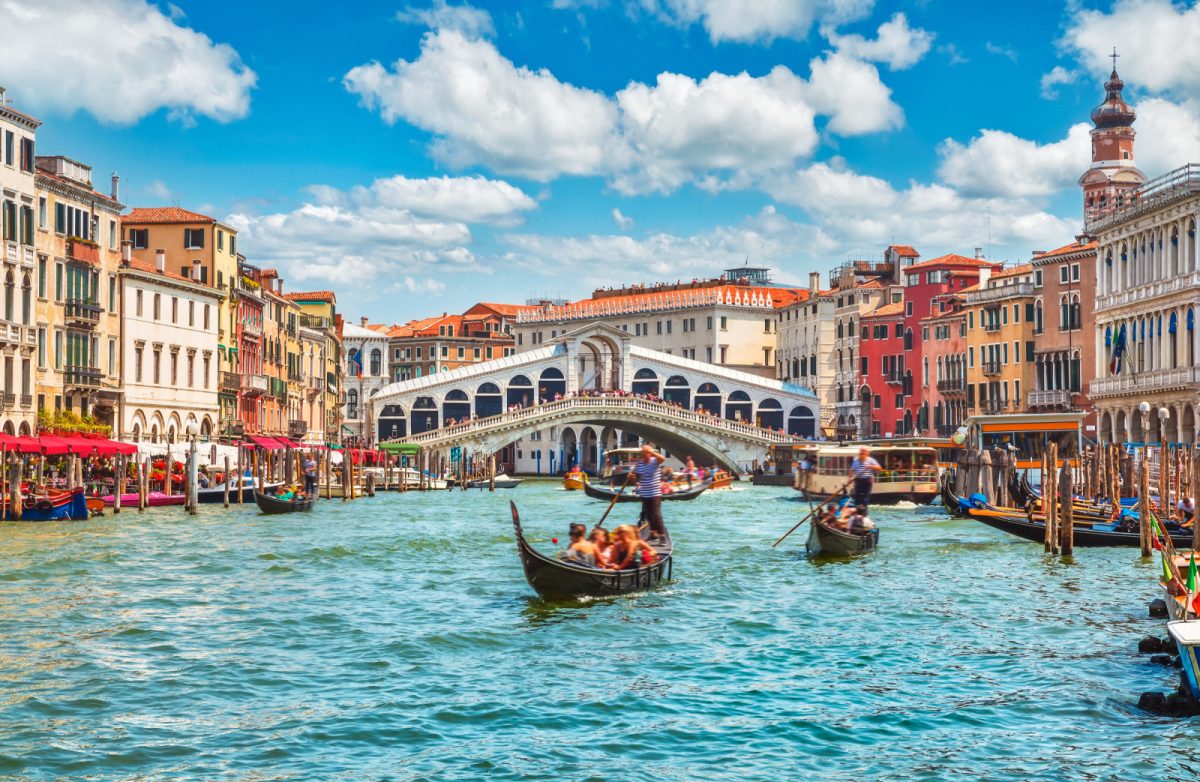
Venice and its lagoon are a stunning cultural marvel, a UNESCO World Heritage property located in the Veneto Region of Northeast Italy. Built on 118 small islands, they are connected by over 150 canals and 400 bridges.
Founded in the 5th century AD, Venice emerged as a major maritime power by the 10th century. As you wander through its historic center, you’ll find an extraordinary collection of architectural masterpieces, each telling a story of the city’s storied past.
The Venetian Lagoon, which encompasses over 50 islands, including Murano and Burano, is a unique ecosystem. With their distinct charm, these islands are essential to understanding the area’s cultural and natural heritage.
Travel Tips:
- Explore Canals: Take a gondola ride through the canals to experience Venice’s iconic waterways.
- Visit Murano: Famous for its glassmaking, a trip to Murano offers incredible workshops and showrooms.
- Discover Burano: Known for its brightly colored houses and lace-making tradition, Burano is perfect for a day trip.
Admiring the Venetian Gothic architecture and the monumental heritage, which includes landmarks such as St. Mark’s Basilica and the Doge’s Palace, will leave you in awe. This stunning area stands as a testament to human ingenuity and creativity.
See Related: Best Time to Visit Venice, Italy
Piazza Del Duomo in Pisa

Visiting Piazza del Duomo in Pisa offers a chance to see some of Italy’s most celebrated architectural masterpieces. This UNESCO World Heritage Site covers 8.87 hectares.
You’ll discover the Cathedral of Pisa, an iconic example of Romanesque architecture. It features a stunning facade and detailed sculptures. Surrounded by a vast green area, it forms the heart of the piazza.
Adjacent to the cathedral, the Baptistery of St. John is the largest in Italy. Its unique blend of Gothic and Romanesque styles is a striking sight. During special demonstrations, you can witness remarkable acoustics.
Of course, the Leaning Tower of Pisa (campanile) is a must-see. Known worldwide for its unintended tilt, it provides breathtaking views from the top. Remember to book your tickets in advance to enjoy a seamless experience.
The Camposanto Monumentale, or monumental cemetery, completes the square. Dating back to the 13th century, it houses sacred relics and beautiful frescoes. A stroll through its cloisters is both peaceful and evocative.
Travel Tips:
- Timing: Early mornings or late afternoons are ideal to avoid crowds.
- Tickets: Purchase combined tickets for all monuments to save time and money.
- Dress Code: Modest attire is recommended when entering sacred sites.
Exploring this piazza lets you step back into history and appreciate its remarkable contributions to art and architecture.
Archaeological Areas of Pompei, Herculaneum and Torre Annunziata
The Archaeological Areas of Pompei, Herculaneum, and Torre Annunziata offer a glimpse into ancient Roman life. Located near Naples, these sites are part of a UNESCO World Heritage zone.
Pompei
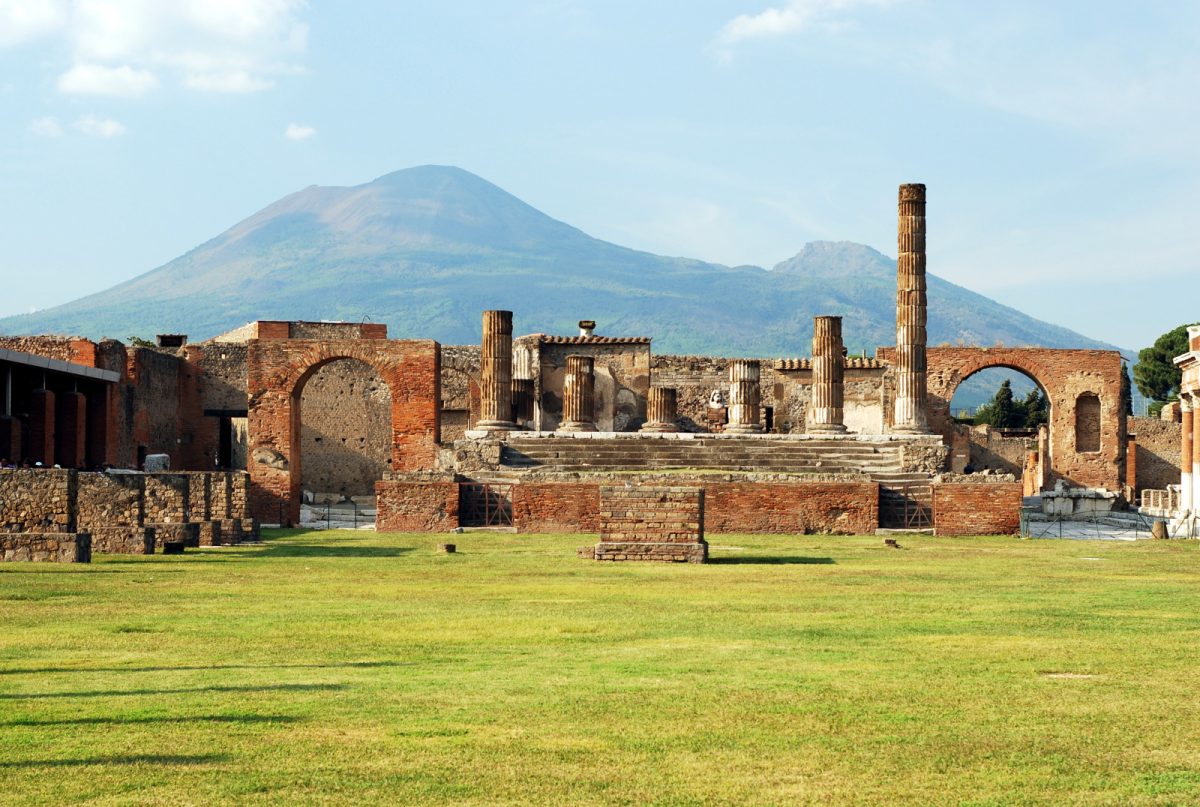
Pompei, engulfed by volcanic ash from the eruption of Mount Vesuvius in AD 79, is one of the most famous archaeological sites in the world. Walking through its well-preserved streets, you can see the remnants of houses, baths, and shops that illustrate daily Roman life.
Herculaneum
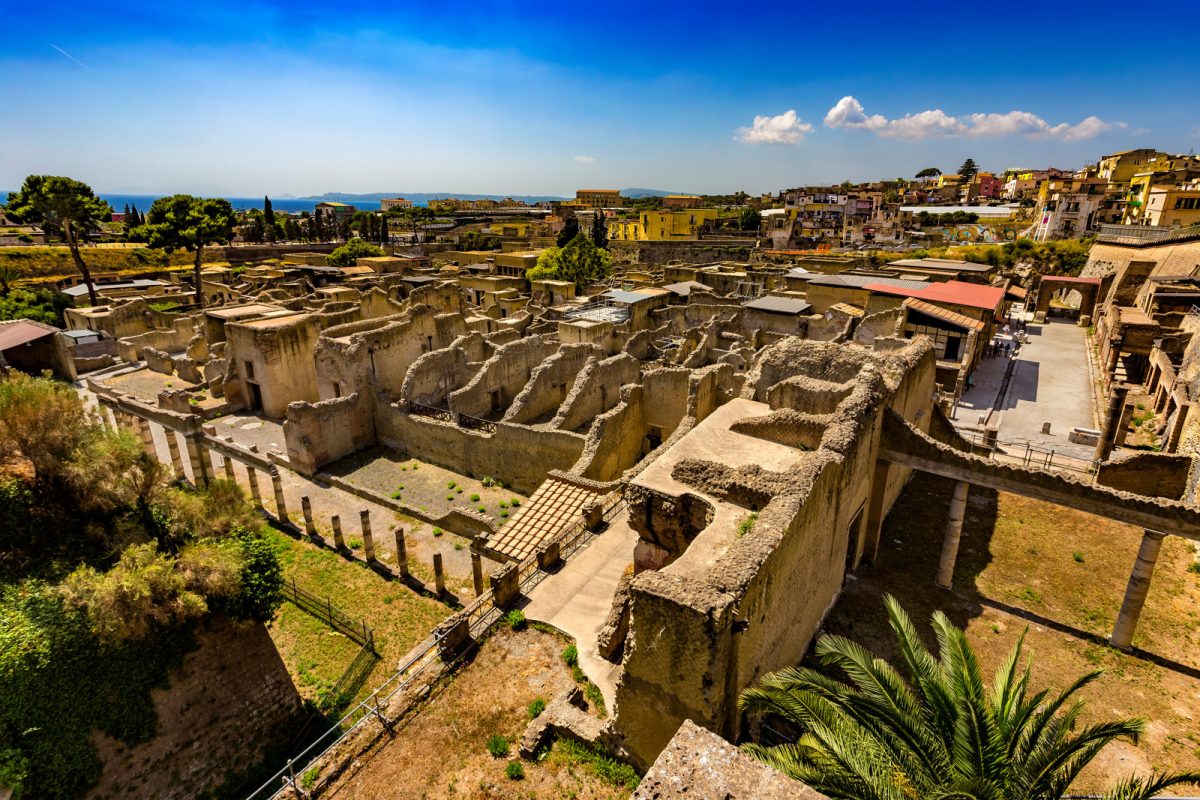
The Vesuvius eruption also buried Herculaneum, but it was preserved differently due to its location. The town provides unique insights with its wooden structures and delicate materials. Make sure to explore the palestra (gym) and ancient theater.
Torre Annunziata

Torre Annunziata’s villas are renowned for their intricate wall paintings. The Villa Poppaea, believed to have belonged to Emperor Nero’s wife, showcases some of the most exquisite examples of Roman frescoes.
Read Also: Rediscover Your Italian Roots: The Ultimate Guide to Heritage Travel in Italy
Travel Tips
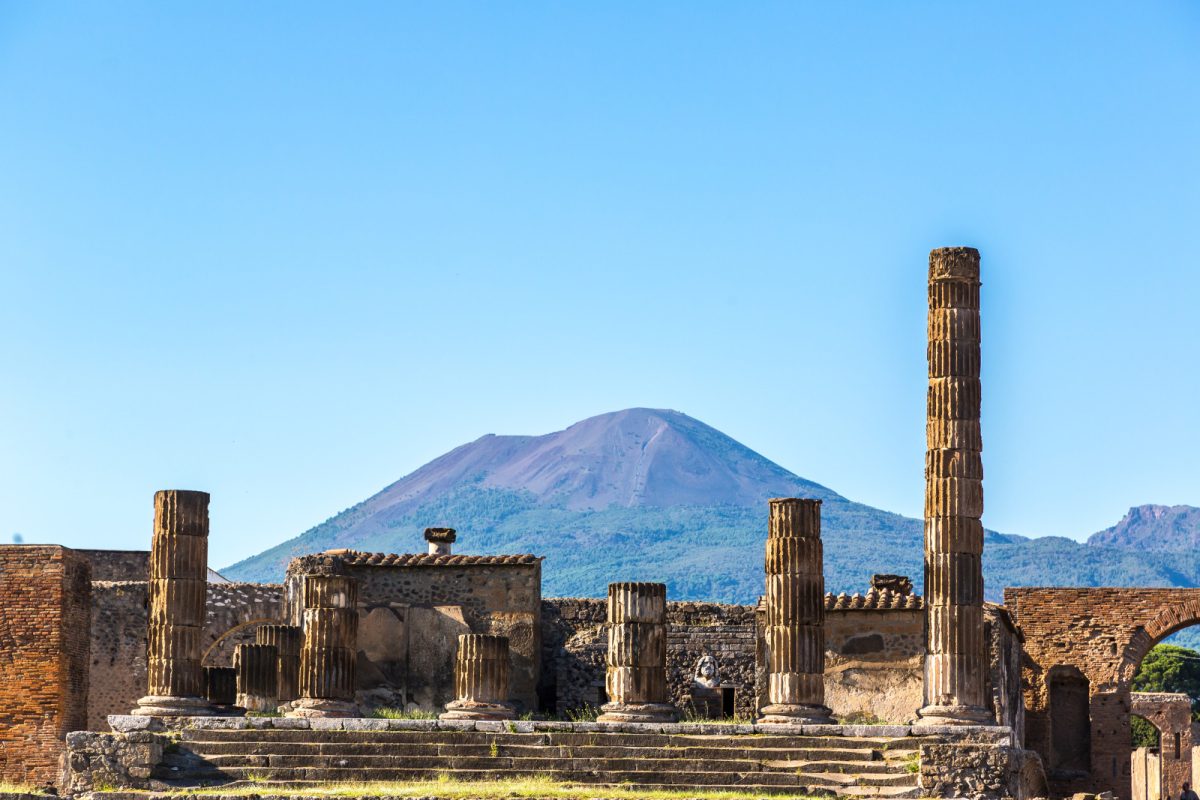
- Pompei: Arrive early to avoid crowds; bring water and wear comfortable shoes.
- Herculaneum: Smaller and less crowded, it’s ideal for a more relaxed visit.
- Torre Annunziata: Book a guided tour to fully appreciate the detailed wall paintings.
All three sites collectively provide a complete picture of Roman urban, architectural, and daily life from the 1st century BC to the 1st century AD.
See Related: How to Experience Italy Like a Local
The Sassi and the Park of the Rupestrian Churches of Matera
Nestled in the Basilicata region of southern Italy, The Sassi and the Park of the Rupestrian Churches of Matera offer an intriguing glimpse into ancient human habitation. This UNESCO World Heritage Site encompasses two main districts: Sasso Caveoso and Sasso Barisano. These areas are renowned for their unique cave dwellings since the Paleolithic period.
The Sassi comprises a network of ancient homes, monasteries, and hermitages carved into the limestone plateau known as the Murgia. The natural landscape features deep ravines and countless caves, creating one of the most distinctive settings in Europe.
Key Highlights
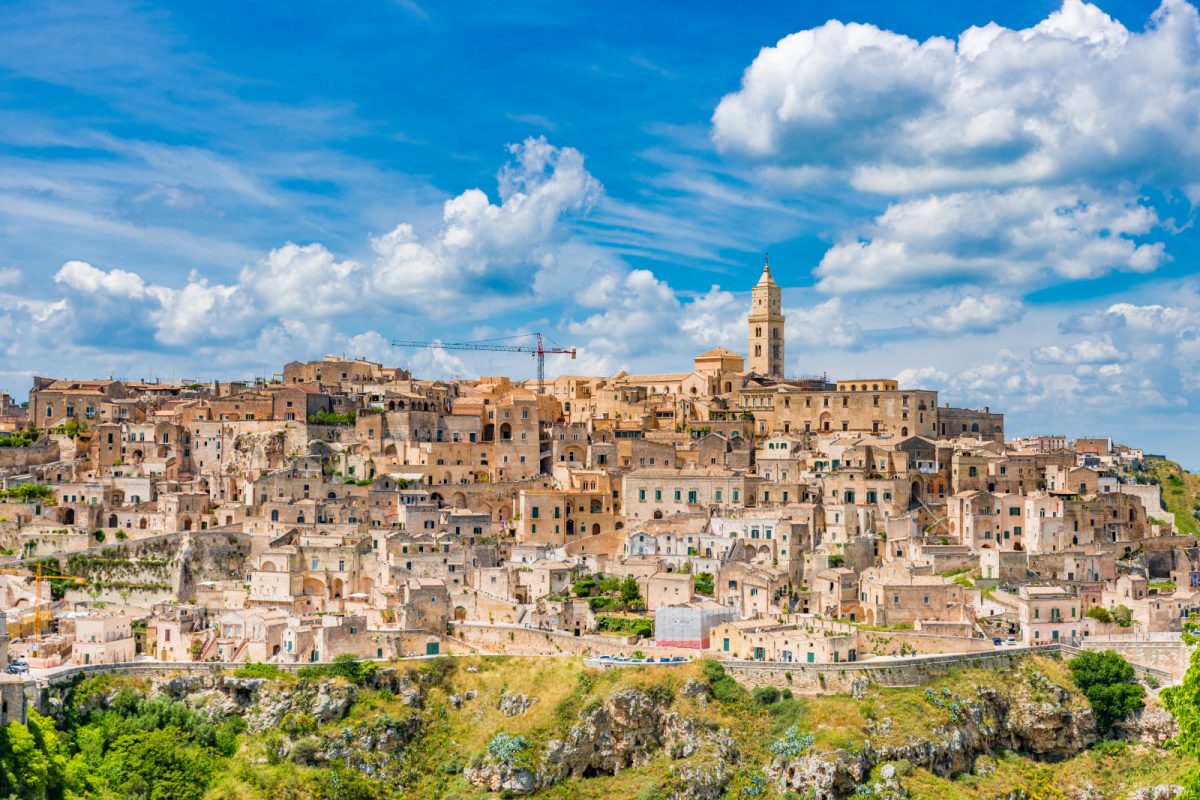
- Historical Significance: The cave dwellings of Matera represent an ancient way of life. Over centuries, these caves evolved from basic shelters to complex structures, including churches and monasteries.
- The Park of the Rupestrian Churches: This area includes more than 150 rock churches constructed between the early Middle Ages and the 19th century. Many of these churches feature intricate frescoes linked to various historical and religious phases in the region.
- UNESCO Recognition: In 1993, the site was awarded UNESCO World Heritage status, underscoring its global cultural significance.
Travel Tips
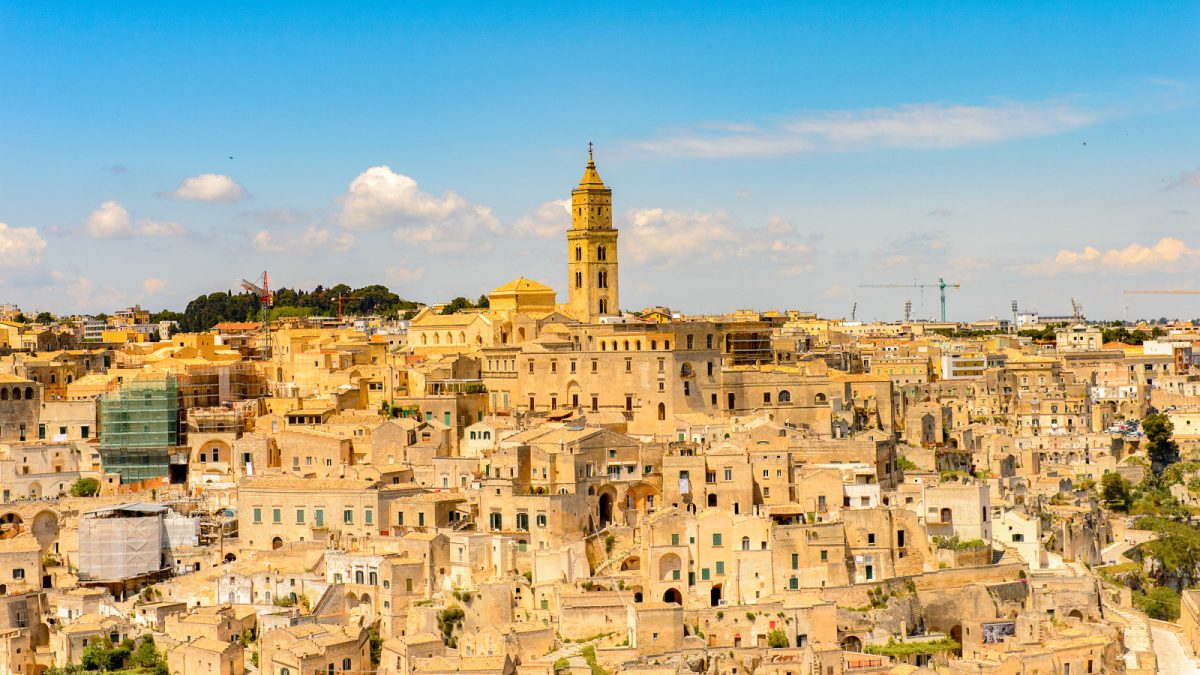
- Best Time to Visit: Spring and autumn are ideal for exploring Matera, with mild temperatures and fewer crowds.
- Guided Tours: Consider hiring a local guide to better understand the rich history and unique architecture of the Sassi and the Rupestrian Churches.
- Photography: The interplay of light in the cave dwellings provides excellent opportunities for photography, especially during the golden hours of sunrise and sunset.
- Footwear: Wear comfortable shoes, as exploring the cobbled paths and uneven terrain requires a lot of walking.
Whether you’re a history buff or a casual traveler, the ancient allure of Matera’s cave dwellings and churches will captivate your imagination.
The Dolomites
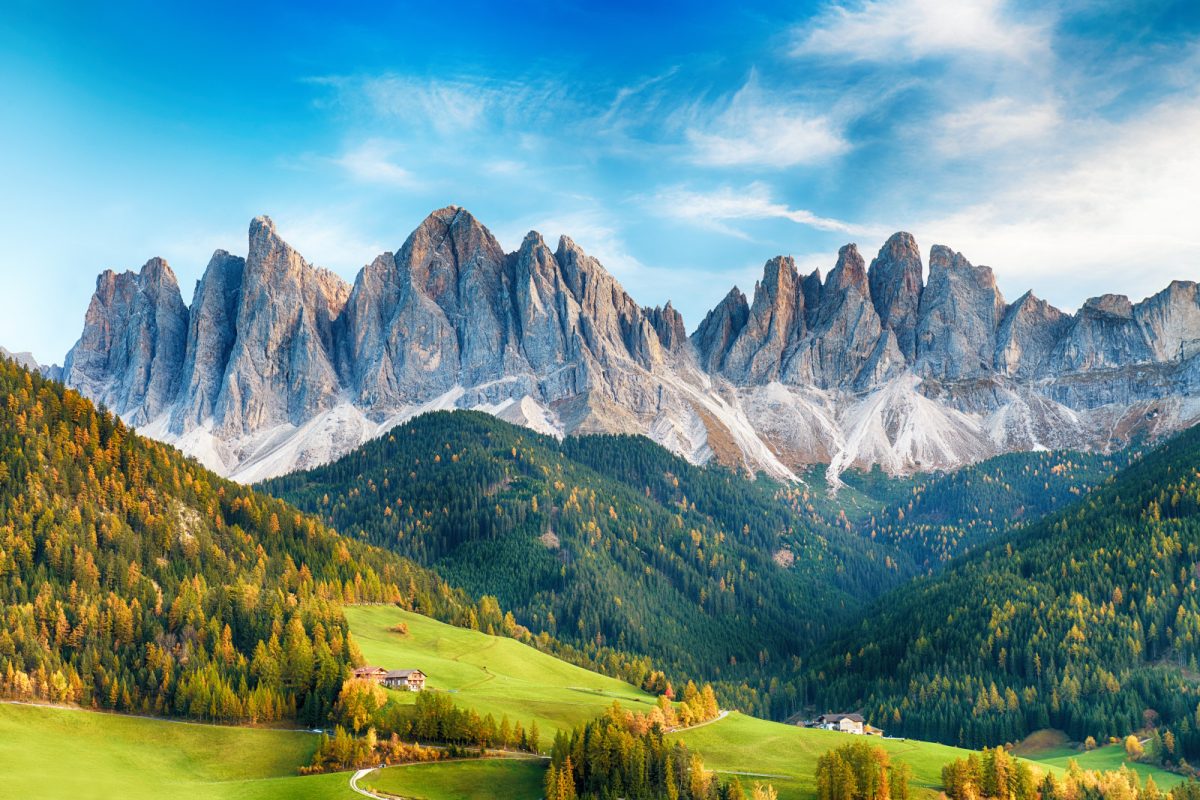
The Dolomites in the northern Italian Alps are an incredible UNESCO World Heritage Site. This mountain range features 18 peaks that rise above 3,000 meters, providing breathtaking vistas and diverse landscapes.
Spanning 141,903 hectares, you’ll find lush valleys, sheer rock faces, and picturesque villages. The area covers parts of the provinces of Belluno, Bolzano, and Trento.
The Dolomites were designated a World Heritage Site in 2009. They are recognized for their natural beauty and geological importance. The striking formations, composed mainly of dolomite rock, lend the mountains a unique appearance.
While visiting, consider exploring renowned areas such as Dolomiti Settentrionali and Dolomiti di Brenta. These regions offer excellent opportunities for hiking, skiing, and mountaineering. The diverse flora and fauna make it a paradise for nature enthusiasts.
Travel tips:
- Best Time to Visit: Late spring and early autumn for hiking; winter for skiing.
- Must-See: Tre Cime di Lavaredo, an iconic trio of battlement-like peaks.
- Activities: Hiking, skiing, rock climbing, and cycling.
Don’t miss the chance to experience the local culture and cuisine. The Dolomites are known for their hospitality, charming inns, and delicious regional dishes.
These majestic mountains not only offer stunning views but also a rich tapestry of history and culture waiting to be explored.
See Related: Must-Visit Hidden Gems in Italy
Val d’Orcia
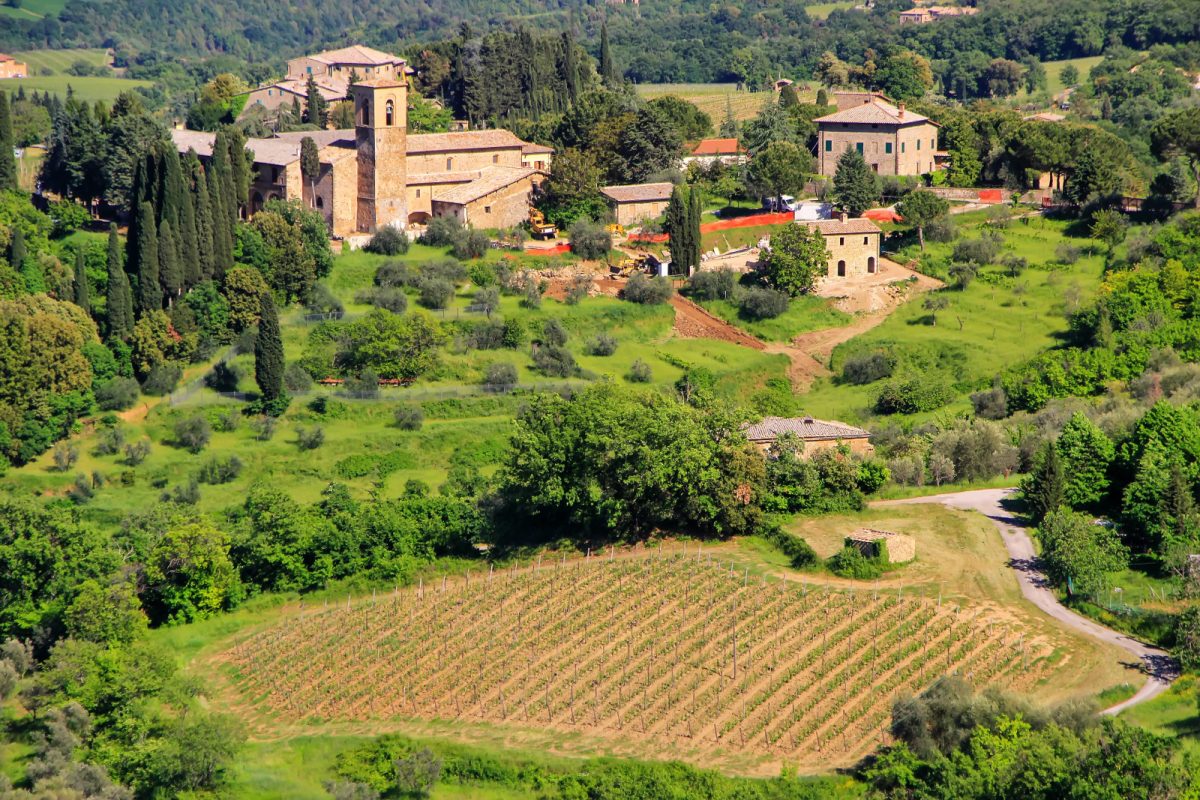
Val d’Orcia, located in Tuscany, is a UNESCO World Heritage site celebrated for its breathtaking landscape and rich history. The region stretches from the hills south of Siena to Monte Amiata, featuring rolling hills, cypress-lined roads, and quaint medieval villages.
One of Val d’Orcia’s most iconic aspects is its countryside. The area’s gentle hills change colors with the seasons, offering photographers and artists endless inspiration. Drive through the scenic routes to experience the unparalleled beauty of the Tuscan landscape.
Several important villages and towns are nestled within Val d’Orcia. Montalcino, famous for its Brunello wine, offers a glimpse into medieval Tuscany. Pienza, rebuilt as an “ideal town” by Pope Pius II in the 15th century, showcases Renaissance urban planning.
Historical sites are abundant here. The village of San Quirico d’Orcia is known for its ancient churches and charming atmosphere. Castiglione d’Orcia and Radicofani boast imposing fortresses that have stood guard for centuries.
Don’t miss the region’s agricultural and pastoral heritage when you visit. The landscape is a testament to centuries of cultivation and land management. Enjoy local produce like pecorino cheese, olive oil, and cured meats, which reflect the region’s rich culinary traditions.
Travel tips: Visit in spring or fall for the best weather and fewer crowds. Renting a car is recommended to fully explore the area’s picturesque roads and small towns. Don’t forget your camera to capture the stunning vistas and historic architecture.
Immerse yourself in Val d’Orcia’s heritage and natural beauty, making your trip to Tuscany a memorable experience.
Amalfi Coast

The Amalfi Coast in Italy is renowned for its breathtaking beauty and cultural significance. Since 1997, it has been recognized as a UNESCO World Heritage Site. This coastline stretches along the Sorrento Peninsula and uniquely blends natural and human-made wonders.
Historical Significance:
The Amalfi Coast has been inhabited since the early Middle Ages. Its towns have preserved much of their historical architecture and cultural heritage, as seen in places like Amalfi, Ravello, and Positano. The area’s development showcases a balanced relationship between human activity and the natural environment.
Key Attractions:
- Amalfi: Visit the Cathedral of St. Andrew, an architectural marvel with a striking facade.
- Ravello: Known for its serene gardens and Villa Rufolo, offering panoramic views.
- Positano: Famous for its colorful houses that cascade down the cliffs.
When exploring the Amalfi Coast, take advantage of the many trails and pathways that offer spectacular views of the Mediterranean Sea. Hiking enthusiasts will enjoy the Path of the Gods, a trail that provides stunning coastline vistas.
Travel Tips:
- Best Time to Visit: Plan your trip between May and September for the best weather.
- Getting Around: Public buses and ferries connect the towns, but renting a scooter can offer more flexibility.
- Local Cuisine: Try regional specialties such as limoncello, seafood dishes, and fresh pasta.
Experiencing the Amalfi Coast is a journey into Italy’s rich heritage and stunning natural landscapes. Immerse yourself in its historical sites, local culture, and scenic beauty for an unforgettable travel experience.
Other World Heritage Sites in Italy
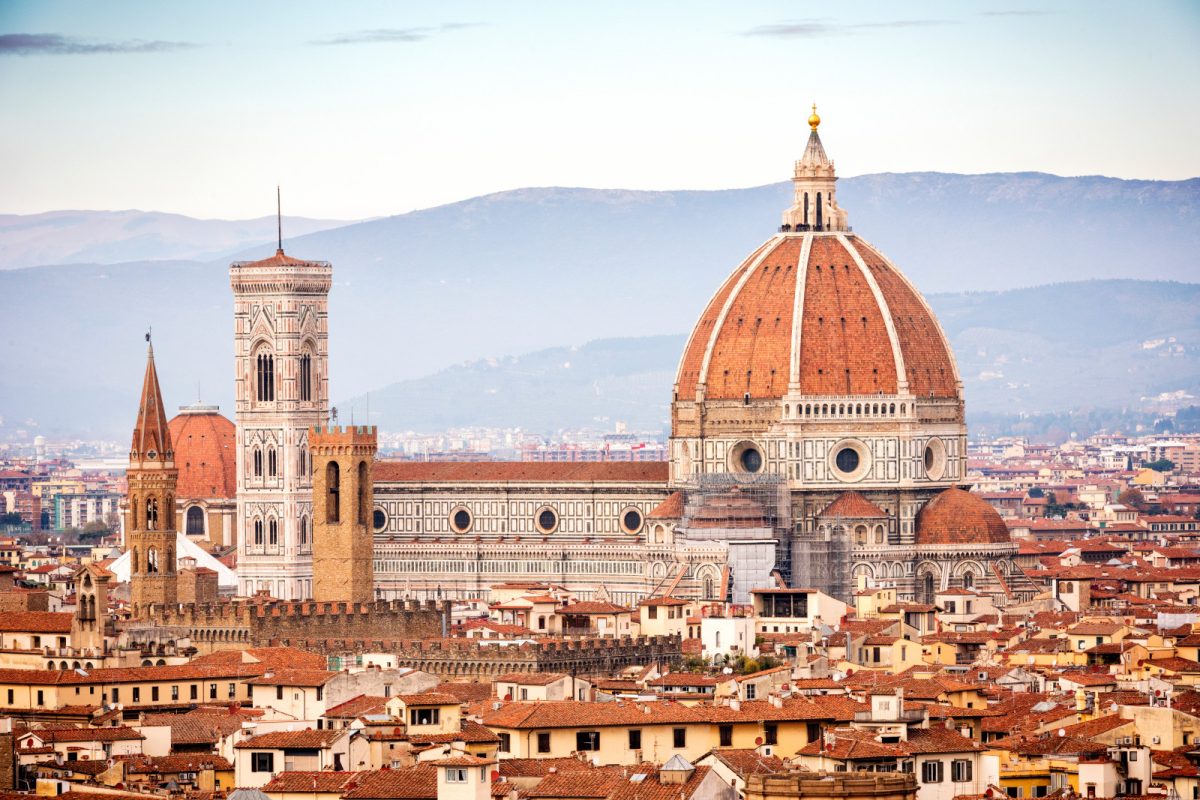
Explore Assisi, home to the Basilica of San Francesco. This tranquil town, with its medieval churches and serene ambiance, reflects religious significance. It’s a great spot to experience Saint Francis’s life and legacy.
In Tivoli, visit the expansive gardens of Villa Adriana. Built by Emperor Hadrian, the villa features stunning architecture and lush landscapes, giving you a glimpse into Roman imperial luxury.
Journey to Sicily to witness the grandeur of Mount Etna. Not only is it Europe’s tallest active volcano, but its rugged terrain and sporadic eruptions make for a thrilling visit.
Urbino offers a taste of the Renaissance with the Ducal Palace. The palace is a marvel of art and architecture, reflecting Urbino’s cultural prosperity during the Renaissance period.
The Cinque Terre in Liguria showcases five charming villages against a striking coastal backdrop. Hiking trails link these villages, providing stunning views of the Italian coastline.
Explore Venice and its Lagoon. The city’s historic canals, gondola rides, and magnificent architecture make it an unforgettable destination. Don’t miss the iconic Piazza San Marco.
Discover the Rocky Necropolis of Pantalica in Syracuse, Sicily. This ancient site boasts thousands of tombs carved into rugged cliffs, offering a unique historical experience.
Visit Juliet’s Balcony and the Roman Arena in Verona. This city blends romance with historical grandeur, making it a must-see.
Florence houses the Cathedral of Santa Maria del Fiore, a masterpiece of Gothic architecture. Its iconic dome, designed by Brunelleschi, symbolizes Renaissance ingenuity.
Marvel at the Trulli houses in Alberobello, known for their conical roofs and unique construction. These whitewashed structures offer a picturesque and historical setting in Puglia.
In Pisa, the Piazza del Duomo is home to the famous Leaning Tower, an architectural wonder that attracts countless visitors.
Travel to Ferrara to experience Renaissance city planning and architecture. Its streets and buildings reflect an era of artistic and urban innovation.
Explore Genoa’s Le Strade Nuove and the Palazzi dei Rolli. These grand palaces and streets highlight Genoa’s historical wealth and significance as a maritime power.
Modena boasts the Piazza Grande and the Torre Civica. It’s also renowned for its culinary delights, particularly balsamic vinegar.

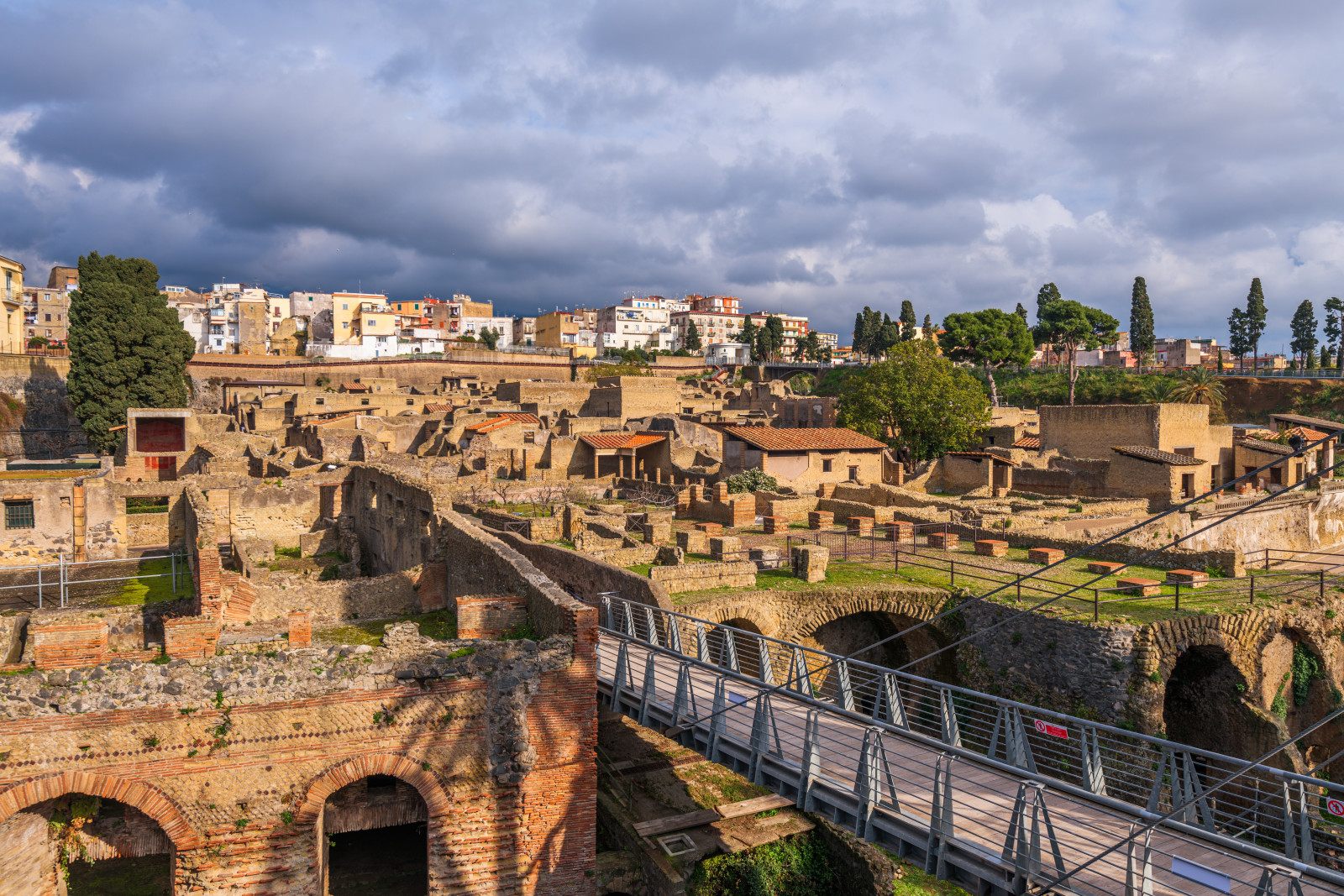
0 Comment